

D. H. Lawrence
D. H. LAWRENCE AND ITALY
Twilight in Italy
Sea and Sardinia
Sketches of Etruscan Places
Edited by SIMONETTA DE FILIPPIS, PAUL EGGERT and MARA KALNINS
With an Introduction by TIM PARKS
and Notes by MICHAEL FREDERICK HERBERT

Contents
PENGUIN

CLASSICS
SERIES ADVISOR: PAUL POPLAWSKI
D. H. LAWRENCE AND ITALY
DAVID HERBERT LAWRENCE was born into a miners family in Eastwood, Nottinghamshire, in 1885, the fourth of five children. His first novel, The White Peacock, was published in 1911. In 1912 Lawrence went to Germany and Italy with Frieda Weekley, the German wife of a professor at Nottingham University College, where Lawrence had studied; she divorced, and they were married on their return to England in 1914. Lawrence had published Sons and Lovers in 1913; but The Rainbow, completed in 1915, was suppressed, and for three years he could not find a publisher for Women in Love, which he first completed in 1917. After the First World War he travelled extensively in Europe, Australia, America and Mexico. He returned to Europe from America in 1925, and lived mainly in Italy and France. His last novel, Lady Chatterleys Lover, was published in 1928 but was banned in England and America. In 1930 he died in Vence, in the south of France, at the age of forty-four.
Born in Manchester in 1954, TIM PARKS grew up in London and studied at Cambridge and Harvard. In 1981 he moved to Italy where he has lived ever since. He has written twelve novels including Europa, Destiny and, most recently, Rapids, as well as two non-fiction accounts of life in northern Italy, and two collections of essays, literary and historical. His many translations from the Italian include works by Moravia, Tabucchi, Calvino and Calasso.
MICHAEL FREDERICK HERBERT teaches English at the University of St Andrews, Scotland, where he has lived since 1977. Among his publications are editions of various writings by D. H. Lawrence: Reflections on the Death of a Porcupine and Other Essays, Selected Critical Writings and (as co-editor) The Virgin and the Gipsy and Other Stories.
PAUL POPLAWSKI is a Senior Lecturer at the University of Leicester. He is a member of the editorial board of the Cambridge Edition of Lawrences Works and his recent publications include the revised third edition of A Bibliography of D. H. Lawrence (Cambridge, 2001), and Encyclopedia of Literary Modernism (Greenwood, 2003).
A Note on the Texts
The texts in this edition are those established for Twilight in Italy and Other Essays, ed. Paul Eggert (Cambridge University Press, 1994), Sea and Sardinia, ed. Mara Kalnins (Cambridge University Press, 1997), and Sketches of Etruscan Places and Other Italian Essays, ed. Simonetta de Filippis (Cambridge University Press, 1992). Each of these editions contains an apparatus of all the changes made to the base-texts, a full discussion of the editorial decisions taken, and a detailed account of the complex history of textual transmission, including locations for all surviving manuscript and typescript sources.
Twilight in Italy
An early version of the first essay printed here was written between September 1912 and March 1913, and early versions of the next three essays were written between January and March 1913. These four essays were extensively revised in July and August 1915, and it is probable that the remaining six essays were first written just after this, in September and October 1915 (although they may have been drafted earlier). All the essays were then further revised in January and February 1916 in the proofs for the first edition of Twilight in Italy, which was published in London by Duckworth on 1 June 1916. The corrected proofs for the volume are unlocated, and, for most of the essays, no manuscripts or typescripts survive. The base-text for Twilight in Italy is a surviving set of unrevised Duckworth page proofs at the University of Nottingham, except for the two pages of revised typescript for The Lemon Gardens dating from August 1915 (located at Nottinghamshire Archives): these provide the base-text between 125:6 and 126:31. Section half-titles from the Cambridge Edition, except for On the Lago di Garda, have been omitted here.
Sea and Sardinia
The manuscript of this book, tentatively entitled Diary of a Trip to Sardinia, was written in Sicily, JanuaryFebruary 1921, and Lawrence revised and corrected the three copies of the typescript during March (each one slightly differently, as was his habit). The revised ribbon-copy typescript (Columbia University) and one revised carbon copy (Yale University) went to the USA, and the latter was the source of the extracts from the book published in the Dial in October and November 1921. The revised ribbon copy was used as setting-copy for Thomas Seltzers first edition, published on 12 December 1921 (Lawrence did not see the proofs), and is adopted as the base-text here.
Sketches of Etruscan Places
Lawrence wrote chapters IVI of this collection in Italy between April and June 1927. The manuscript (University of Texas at Austin) was typed in three copies, one of which survives complete and the other two only partially. The manuscript provides the base-text for these essays, emended cautiously from the typescripts: the complete typescript (University of Texas at Austin) has been used to emend the manuscript of Cerveteri and Tarquinia; one partial typescript (University of Tulsa) has been used to emend the manuscript of The Painted Tombs of Tarquinia I, The Painted Tombs of Tarquinia II and Volterra; and the other partial typescript (University of Texas at Austin) has been used to emend Vulci. Four of the essays were published in shortened or adapted form in magazines between 1927 and 1928, and all six essays were published together posthumously by Martin Secker as Etruscan Places in September 1932. The manuscript also serves as the base-text for Chapter VII, The Florence Museum, probably written in October 1927, but left unfinished and not typed. Chapter half-titles from the Cambridge Edition have been omitted here.
Paul Poplawski
Introduction
Wake up! This is the experience. At any moment Lawrence may say something startling. It could be brutal: If I were dictator, I should order [him] to be hung ().
We mustnt ask Lawrence for information. Its not a kind of knowledge hes interested in. He wont give us hard facts about Italy: they can be found in a guidebook. Surprised and touched by what he sees, he wants to touch and surprise us. Rather gentle and lovely, he tells us of a painting in an Etruscan tomb is the way [the man] touches the woman under the chin, with a delicate caress. That again is one of the charms of the etruscan paintings: they really have the sense of touch; the people and the creatures are all really in touch. It is one of the rarest qualities, in life as well as in art ().
Next page
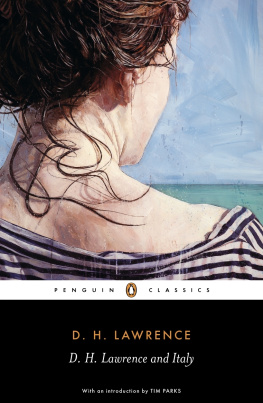



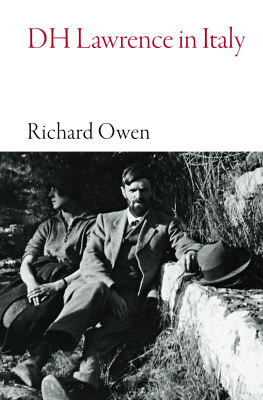
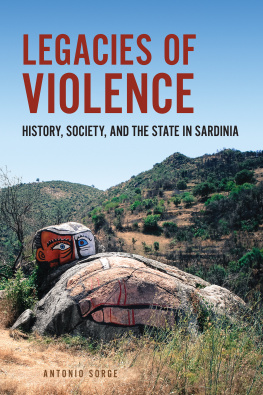
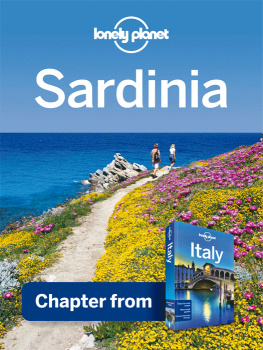
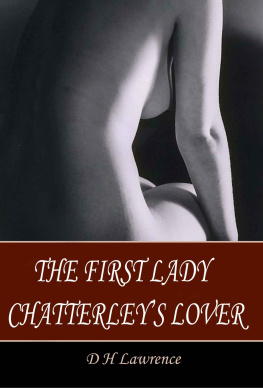

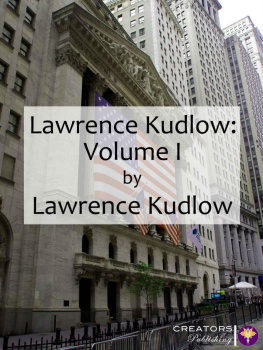
![D. H. Lawrence [Lawrence - Sons and Lovers [Annotated Version]](/uploads/posts/book/61295/thumbs/d-h-lawrence-lawrence-sons-and-lovers.jpg)



 CLASSICS
CLASSICS